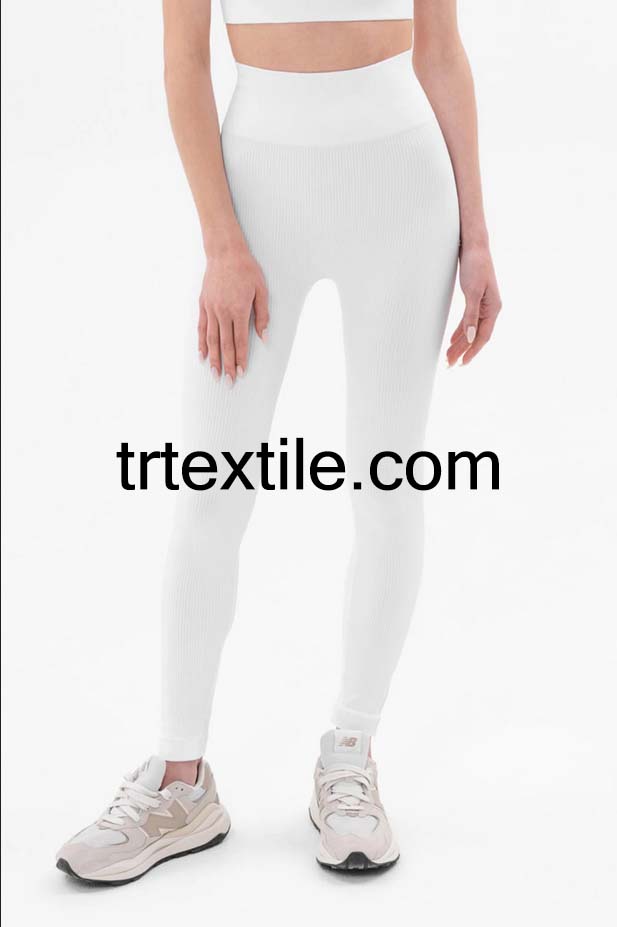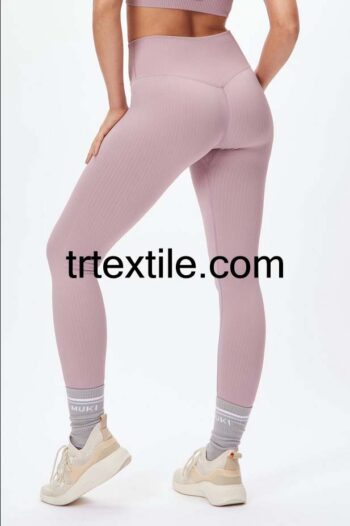Yoga tights have become an essential piece of workout wear for many fitness enthusiasts. These form-fitting, stretchy pants provide comfort, flexibility, and style for yoga, pilates, and other physical activities. With the growing popularity of yoga and other fitness activities, the demand for high-quality yoga tights has also increased.
The production of yoga tights involves several steps from design to manufacturing to distribution. In this article, we will explore the production model of yoga tights, focusing on model 17, which is a popular design in the market.
Design: The first step in the production of yoga tights is the design phase. Designers create sketches and technical drawings of the tights, taking into consideration factors such as fabric choice, fit, and style. Model 17 may feature a high waistband, moisture-wicking fabric, and a compression fit to enhance performance during workouts.
Fabric sourcing: Once the design is finalized, the next step is to source the fabric. For yoga tights, manufacturers typically use a blend of polyester and spandex to create a stretchy, moisture-wicking material that provides support and comfort. Model 17 may use a specific type of fabric that is known for its durability and breathability.
Pattern making: After the fabric is sourced, the pattern making process begins. Pattern makers create a template based on the design specifications, taking into account different sizes and measurements. Model 17 may have multiple size options to cater to a diverse range of body types.
Cutting: Once the patterns are finalized, the fabric is cut according to the templates. Precision cutting is essential to ensure consistency in size and fit across all tights. Model 17 may involve intricate cutting techniques to create unique design details such as mesh panels or color blocking.
Sewing: The cut fabric pieces are then stitched together to form the final product. Skilled seamstresses use specialized sewing machines to ensure strong, durable seams that can withstand the rigors of physical activity. Model 17 may feature flatlock stitching to prevent chafing and enhance comfort during workouts.
Quality control: Before the tights are packaged and shipped, they undergo rigorous quality control checks. Inspectors examine each pair of tights for defects, such as loose threads or misaligned seams, to ensure that only high-quality products reach the market. Model 17 may undergo additional quality control tests to verify its performance features, such as moisture-wicking and compression.
Packaging and distribution: Once the tights pass quality control, they are packaged and prepared for distribution. Model 17 may be packaged in eco-friendly materials to align with sustainable practices. The tights are then shipped to retailers or directly to customers through online channels.
Overall, the production model of yoga tights, such as model 17, involves a meticulous process that combines design, sourcing, manufacturing, and quality control to create high-quality workout wear. As the demand for yoga tights continues to grow, manufacturers are constantly innovating and refining their production processes to meet the needs of fitness enthusiasts worldwide.




